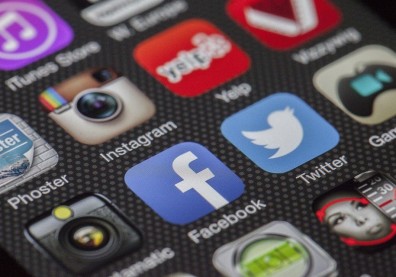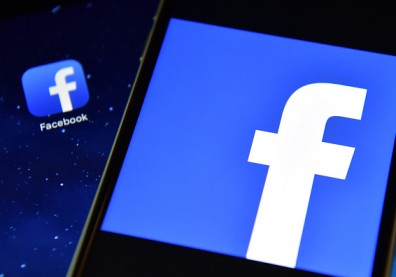Aquila, Facebook's unmanned solar powered drone, is being investigated by The American National Transportation Safety Board (NTSB). This is due to the accident that happened during the Internet-serving drone's inaugural flight in June 28 at 7:43 am near Yuma, Arizona.
According to the investigation, the incident was previously described by Facebook as a "structural failure." It happened upon landing in the Arizona desert. Chief Executive Officer Mark Zuckerberg was present on the ground during the test flight. Fortunately, no one was hurt.
The gigantic Facebook drone is powered by four electric engines and possesses a wingspan similar to a Boeing Co. 737. It took a "substantial" damage during the accident, as told by Peter Knudson, the spokesperson for the NTSB, to Bloomberg. The agency claimed that there was no damage that occurred on the ground. Facebook itself has not legitimately confirmed the said investigation.
Aquila remained in the air at low altitudes for 96 minutes, or three times longer than the duration that Facebook originally devised. Facebook had been experimenting with a much smaller scale version of Aquila for more than a few months, but this flight a month ago was the first true test of the aircraft.
The aim of this type of Facebook drone is to connect billions of people in remote areas of the world to the Internet. The goal of Aquila is to make use of a new laser-beam technology to transport fast Internet to people within a 60-mile radius. Aquila will send out a signal that can be received by the dishes on the ground and antennas of towers. The antennas will then change over the signal in Wi-Fi or 4G networks.
Another setback to the company's global connectivity plans was the recent loss of Facebook's satellite, Amos-6, in a SpaceX rocket explosion.








![Facebook Messenger Group Calling Now Available [Conference Call]](https://1779241332.rsc.cdn77.org/data/thumbs/full/78176/396/277/50/40/facebook-messenger-group-calling-now-available-conference-call.jpg)

